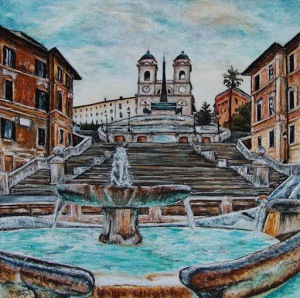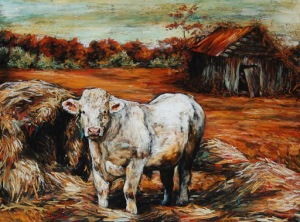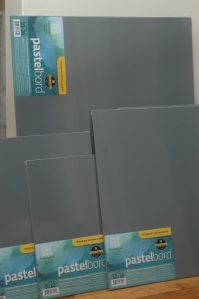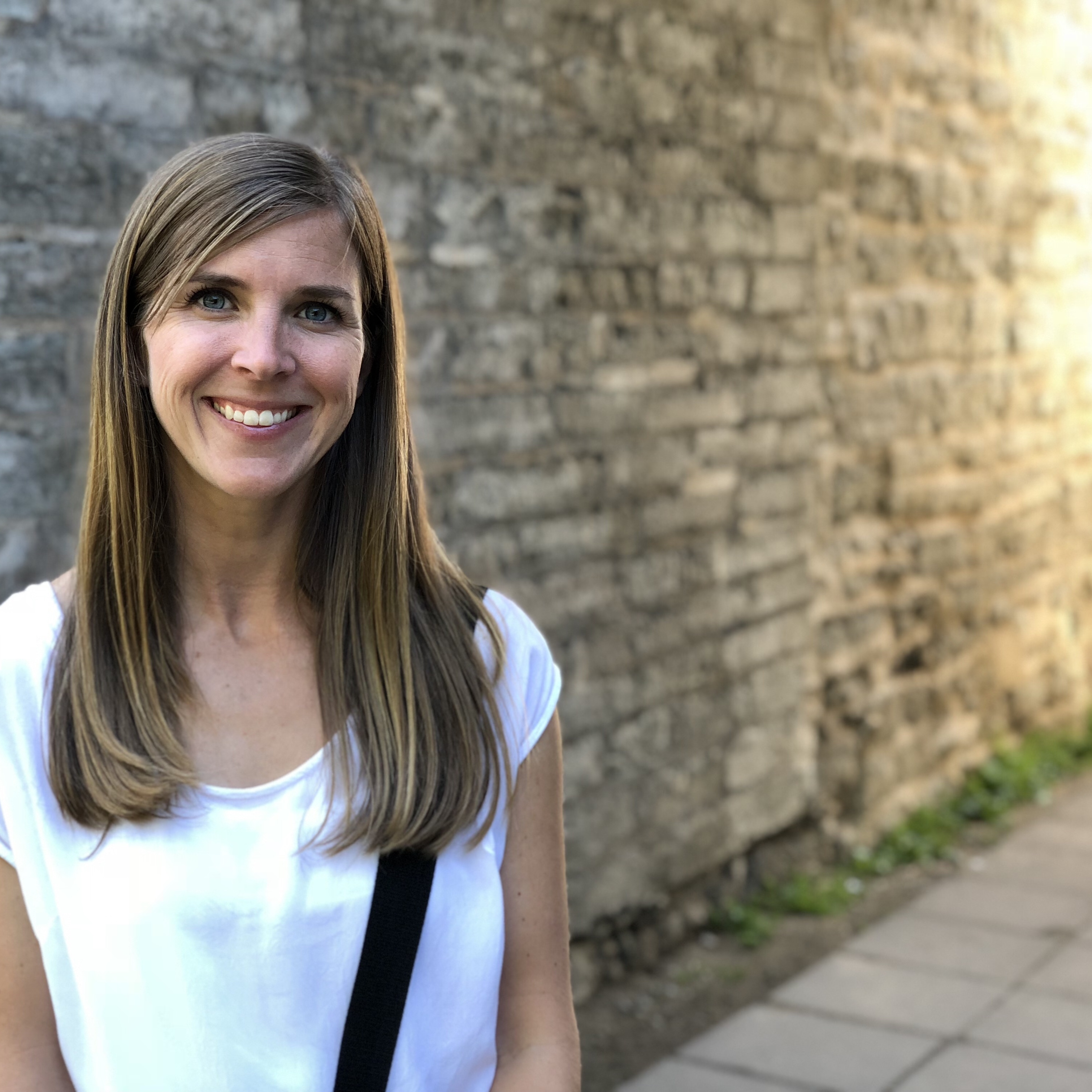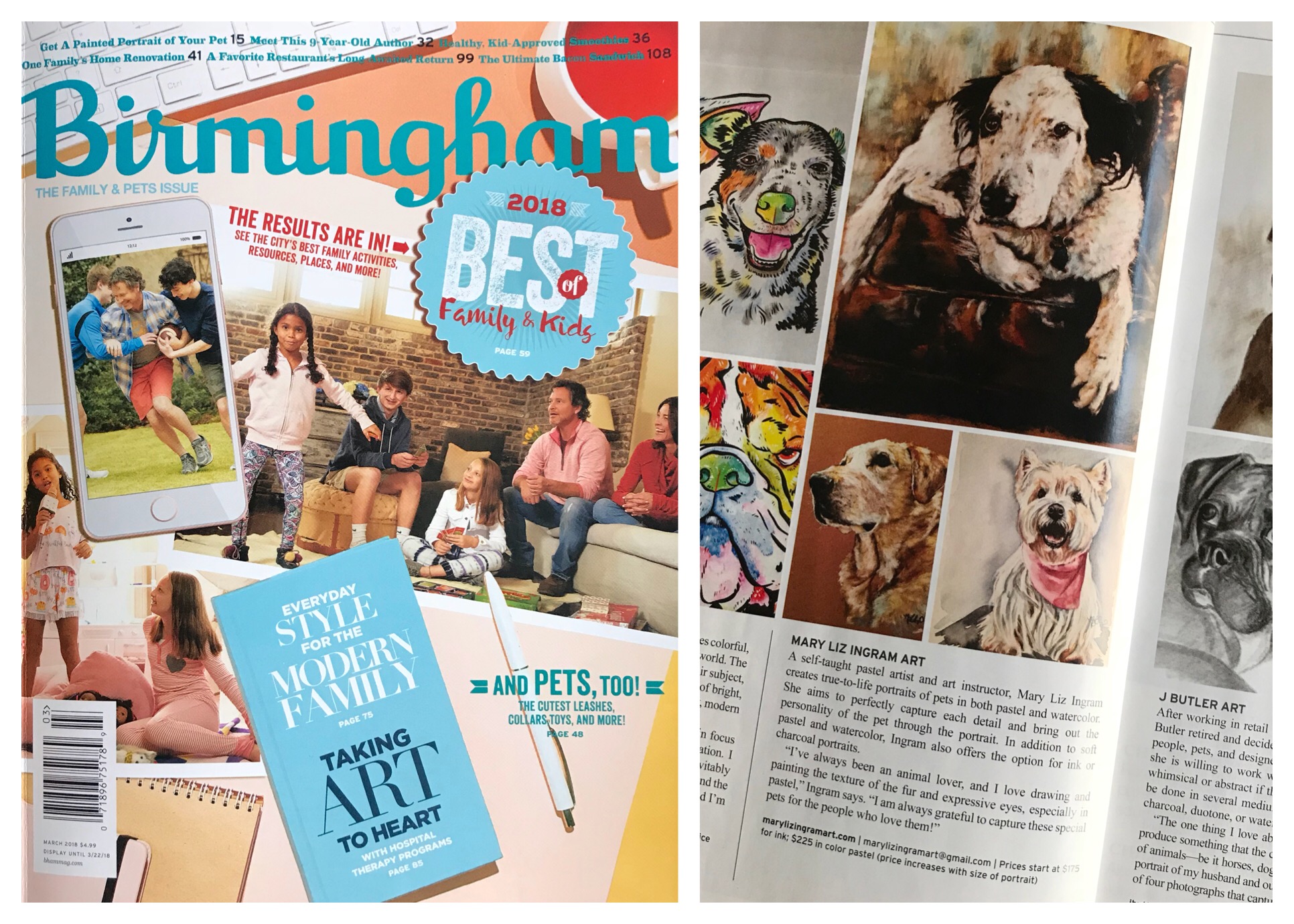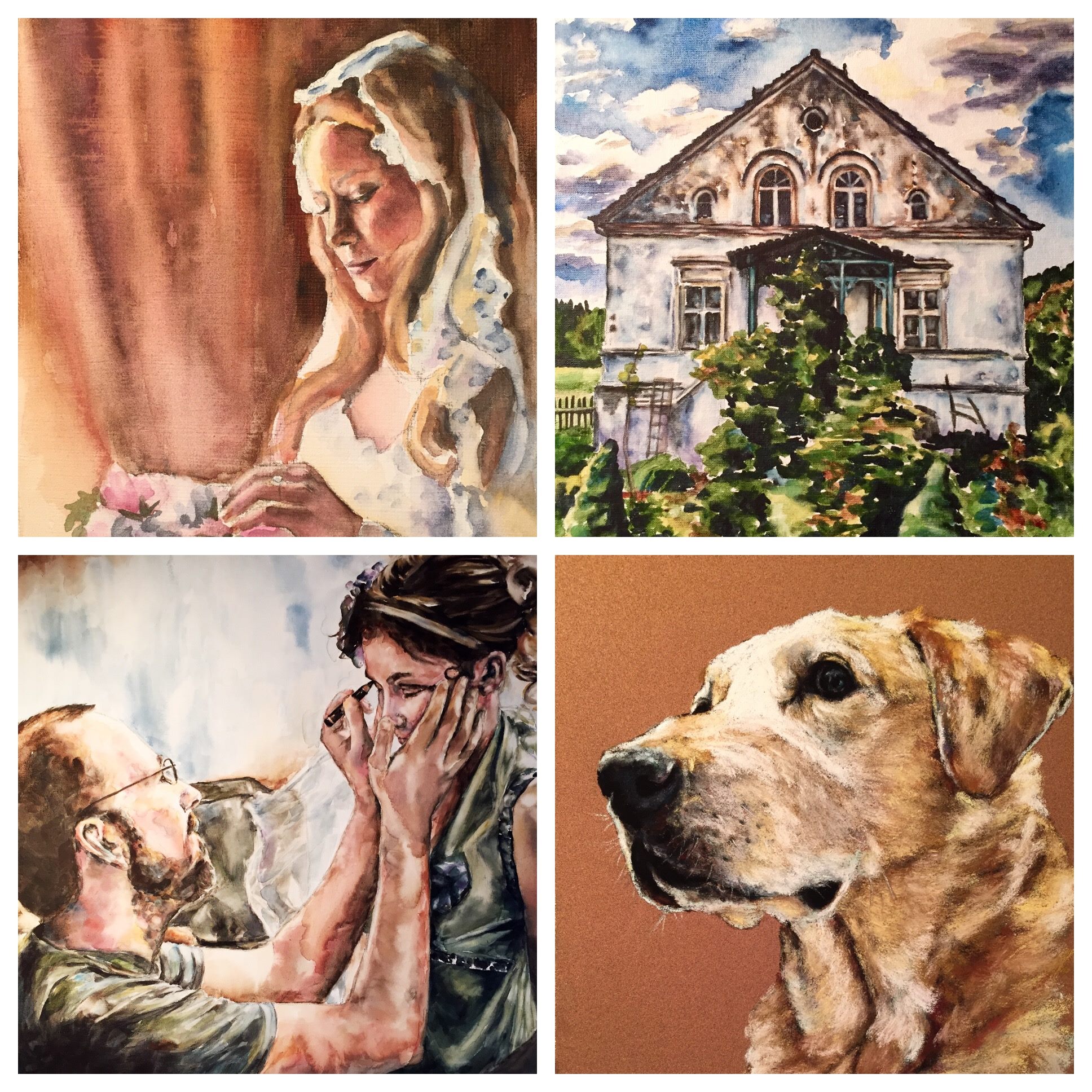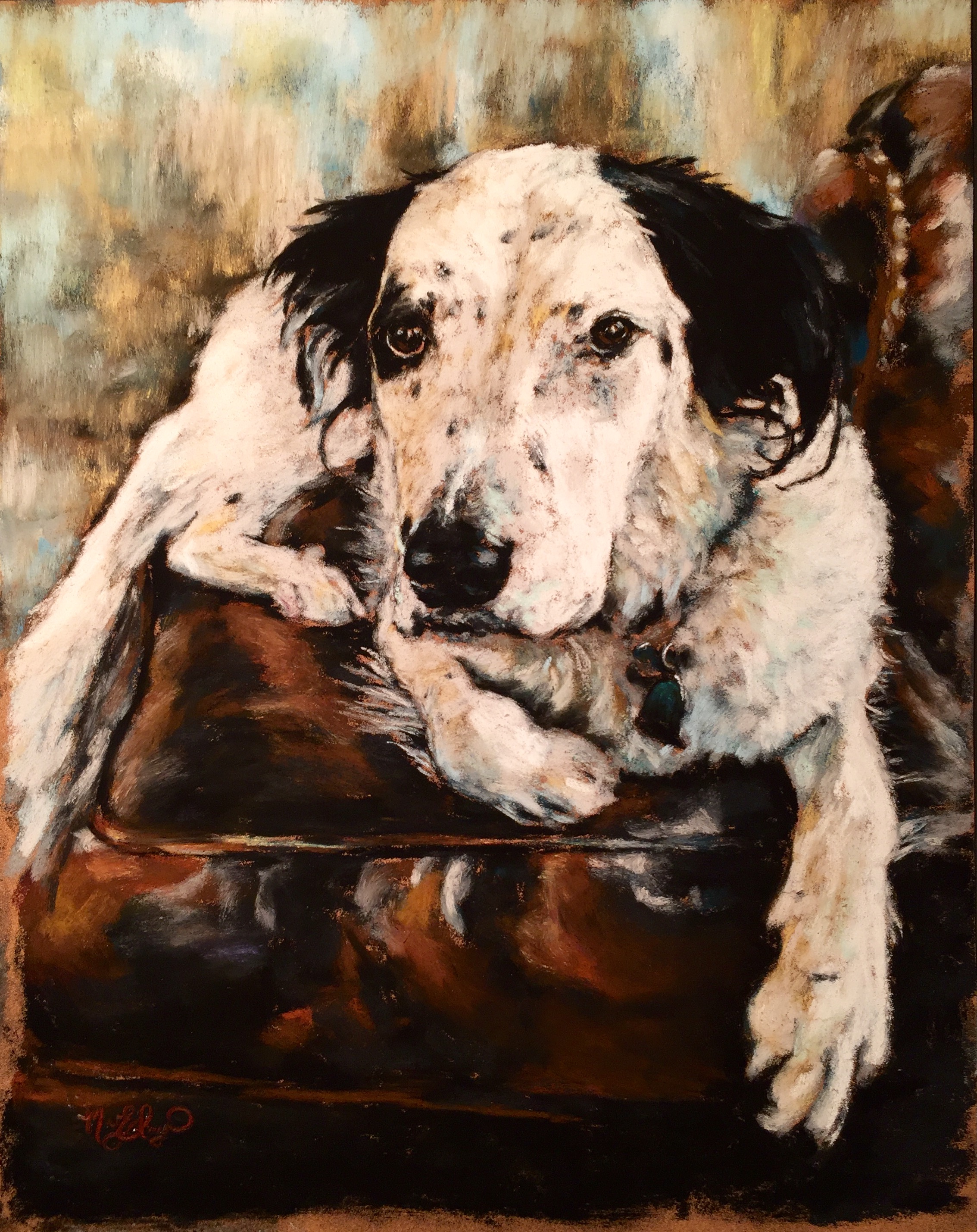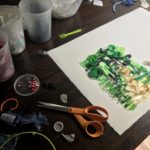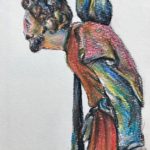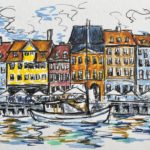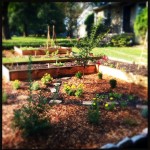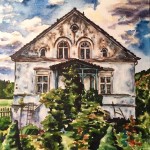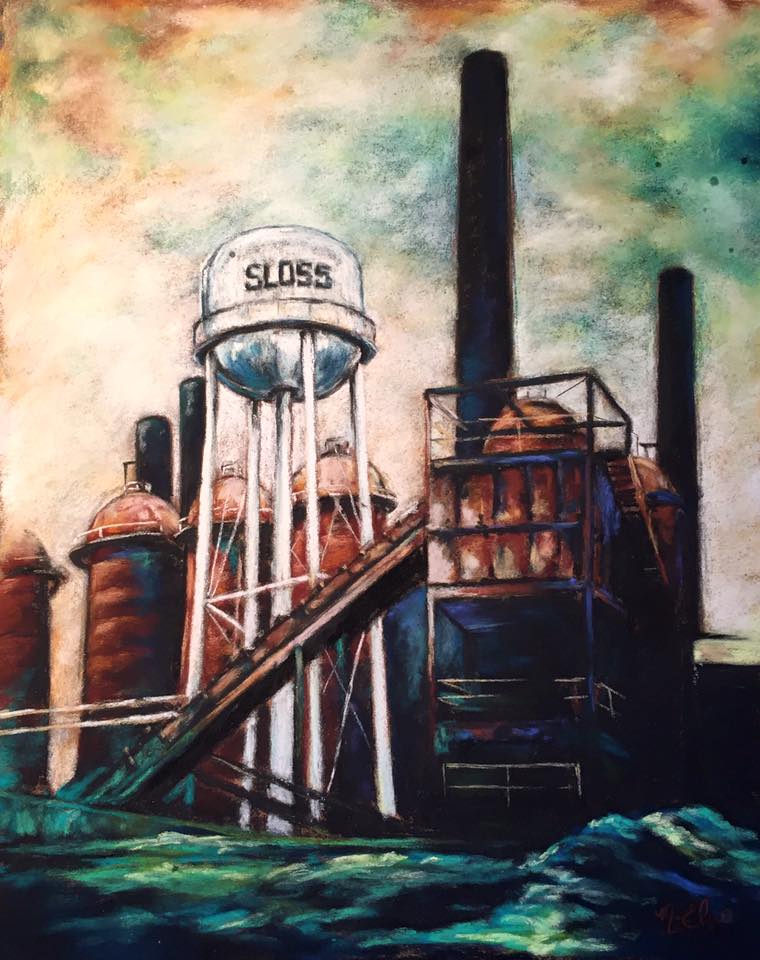
Joy, 8×10 Soft Pastel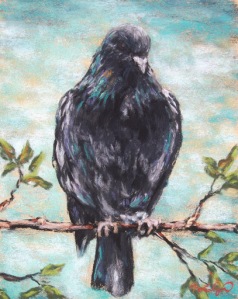
Woe, 8×10 Soft Pastel
Something I have found over the course of the past year is that Joy and Woe meet often in life, converging into one simultaneously unified and separately distinct emotion. I have written and created art on these thoughts before (“Sewing Lesson”), and the same poem by William Blake again inspires me. An excerpt from his “Auguries of Innocence”:
It is right it should be so
Man was made for Joy & Woe
And when this we rightly know
Thro the World we safely go
Joy & Woe are woven fine
A clothing for the soul divine
Under every grief & pine
Runs a joy with silken twine.
In these new pastels, which will be framed as a pair and form a separated but unified piece of art, I have personified Joy and Woe as birds; a pair that travels through our lives, touching down sometimes in turn, but often together. These emotions, as birds, sometimes land in our lives for a moment, and sometimes settle down to nest in our hearts for awhile. Joy & Woe are both part of this life, and to recognize it makes me more grateful for the Joy, and more patiently accepting of the Woe. These contrasting emotions come and go as birds to a branch, woven into the fabric of our lives as the limbs and leaves weave above our heads, and the roots below our feet.







